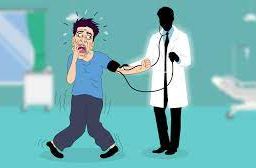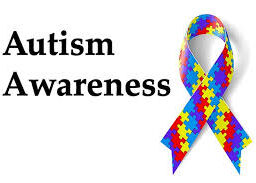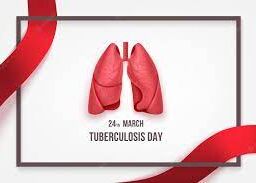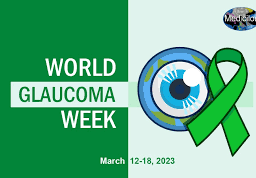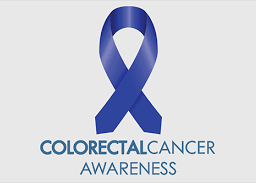
Lung Cancer Myths: Risks, Symptoms, and Treatment Options
Welcome to our informative guide on lung cancer, a prevalent and often misunderstood disease. Despite common misconceptions, This condition can affect both smokers and non-smokers due to various risk factors. In this post, we’ll debunk myths surrounding lung cancer, discuss key risk factors, and emphasize the importance of early detection for improved outcomes. Whether you’re seeking knowledge for yourself or a loved one, understanding the realities of this condition is crucial for making informed decisions about prevention and treatment.
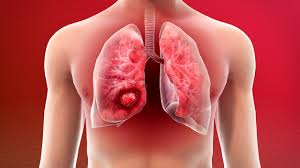
Lung cancer is one of the most common types of cancer worldwide, and it is responsible for a significant number of cancer-related deaths. Despite its prevalence, there are many myths surrounding this condition that can lead to confusion and misinformation.
Myth #1: Only smokers get lung cancer
While it is true that smoking is the leading cause of lung cancer, non-smokers can also develop the disease. In fact, up to 20% of people who die from lung cancer have never smoked. Other risk factors for include exposure to secondhand smoke, air pollution, and radon gas.
Myth #2: Lung cancer is always fatal
While this can be a serious and life-threatening disease, it is not always fatal. The prognosis depends on several factors, including the stage of the cancer at diagnosis, the patient’s overall health, and the type of treatment received. Early detection and treatment can significantly improve a patient’s chances of survival.
Myth #3: Lung cancer only affects older people
While this condition is more common in older adults, it can affect people of any age. In fact, this disease is the leading cause of cancer death in both men and women aged 40-79. It is important to be aware of the risk factors and to seek medical attention if you experience any symptoms, regardless of your age.
Myth #4: There are no symptoms of lung cancer
While some cases may not cause any symptoms in the early stages, there are several signs to watch out for. These include a persistent cough, chest pain, shortness of breath, hoarseness, and coughing up blood. If you experience any of these symptoms, it is important to see a doctor as soon as possible.
Thus, we can conclude that lung cancer is a serious and often misunderstood disease. By debunking these common myths, we can better understand the risk factors, symptoms, and treatment options. If you are concerned about your risk for lung cancer, talk to your doctor about screening options and ways to reduce your risk. Remember, early detection and treatment can save lives.
Disclaimer: The information provided in this content is for general informational purposes only. It is not intended as medical or healthcare advice, diagnosis, or treatment. Always seek the advice of a qualified healthcare professional with any questions you may have regarding a medical condition or healthcare decisions.







